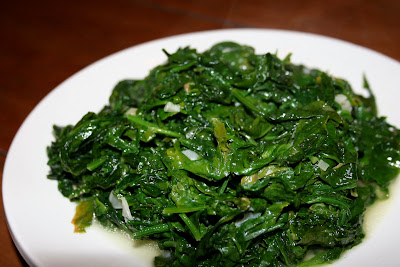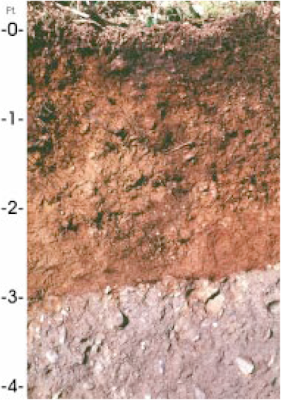Western Washington is finally warming up. We can now put in our warm weather garden crops like tomatoes, cucumbers, zucchini, basil, and green beans. With the exception of the green beans, the other crops should be planted as transplants... started from seed weeks or months ago.
If you haven't done it already, put these plants in the ground quick! Our warm weather crop growing season is short.
As we transition to this warmer weather, the cool season greens have a tendency to bolt or flower. Once these short-lived annual crops bolt it's time to take them out and make room for something else. The greens of a bolted plant tend to get tough and slightly bitter. This may make them unsuitable for salads, but they can still taste delicious sauteed or wilted.
So far this year I have sauteed the greens and raab (flowering parts) from arugula, tatsoi, komatsuna, spinach, chard, beet greens, and kale. Where these greens were growing, is where we put in the tomatoes, squash, and other warm season crops.
 |
| Jacob picks tender lettuce for a salad. |
My favorite way to eat these bolted greens is not very creative, but completely delicious. I like to slice garlic thin and brown it in a generous amount of olive oil. Once the garlic is a bit brown and bitter I add the greens, wilting them down in the oil and garlic. I add good salt. Adding a knob of butter never hurt anything.
At this point I either eat the greens on their own, as a side dish, or add them to something else.
Last week I added sauteed arugula to a farro salad, topped with poached eggs. It was delicious.
 |
| Spinach sauteed with garlic, spring onions, and butter. |
I cooked the farro (aka emmer) in lots of salty water for about 25 minutes, or until tender. Then I drained the farro, and tossed it with a simple vinaigrette and the sauteed arugula. I topped with two poached eggs. We have basil growing on the kitchen window sill, so I added some of that too. Dinner was good, hearty, and healthy. We were happy.
 |
| Farro salad with wilted arugula and poached eggs |











































